
But Thap Pagoda, also known as Ninh Phuc Tu, is located in But Thap village, Tri Qua ward, Bac Ninh province. The pagoda is located on a high, wide, flat land, next to the south bank of the Duong River, with a poetic natural landscape.

According to records in the book Dia Chi Ha Bac, the pagoda was built during the reign of King Tran Thanh Tong (1258-1278) and has a very long history, closely associated with the ups and downs of Vietnamese Buddhism.

But Thap Pagoda was built in the style of "inner public" and "outer foreign", with the architectural works arranged symmetrically and tightly in the central area. The outermost work is the three-door gate, with simple architecture. Next is the 2-storey, 8-roofed bell tower. After the bell tower are 7 buildings connected one after another: Front hall, Thien Huong, Thuong Dien, Tich Thien Am, Trung house, Phu Tho, Hau Duong with a total length of more than 100 m.

Besides its historical and architectural value, the pagoda also preserves four groups of national treasures: the Thousand-Handed Bodhisattva Guanyin statue recognized in 2012 and three statues of the Three Worlds; the Nine-Piece Lotus Pavilion and the Incense Altar, both recognized as national treasures in 2020. The treasures were all crafted from wood in the 17th century.

The statue of the Goddess of Mercy with a thousand eyes and a thousand hands is considered by researchers to be a masterpiece, the pinnacle of the art of sculpture during the Le Trung Hung period. The statue is made of painted wood, 235 cm high, demonstrating the elaborateness and talent of the artisan.

The statue of Buddha has a total of 42 large arms, of which two hands are clasped in front of the chest in the lotus position, two hands are placed on the thighs with fingers crossed, symbolizing meditation and practice. In particular, the statue also has 958 small hands forming a halo of light shining behind.

On each small hand there is an eye, making the Buddha seem to be watching and seeing through every corner of the universe, giving a feeling of both majesty and kindness.

Next to the statue of the Thousand-eyed and Thousand-armed Buddha is a system of three statues of the Three Worlds, symbolizing three generations: Amitabha Buddha - presiding over the past, Shakyamuni Buddha - presiding over the present, and Maitreya Buddha - presiding over the future.

Venerable Thich Thanh Son, Abbot of But Thap Pagoda, shared that the special thing about the Three Buddha Statues is that the entire body of the statue is engraved with sunken patterns and motifs. When spring comes, these patterns emerge beautifully and take the shape of Bodhi leaves.
The three statues of Tam The are carved from gilded wood, of similar size, about 1 meter high. All three sit meditating on a double-petaled lotus throne, creating a solemn and elegant feeling.

The prominent features of the statue set are the oval face, gently closed eyes, and a peaceful smile, evoking compassion and wisdom. The soft folds of the robe flow naturally from the shoulders down the body, demonstrating the skillful technique of shaping and aesthetic of ancient artisans.

The Nine-Piece Lotus Tower is a special type of tower in Vietnamese Buddhist architecture, often seen as a prayer mill, turned while chanting Buddha's name, symbolizing the increase of merit. At But Thap Pagoda, this structure was built around the 17th century, coinciding with the time of the great restoration of the pagoda under the reign of King Le - Lord Trinh.

The tower is located in the Tich Thien Am building, with a structure consisting of a three-story, four-roofed house. Inside is an octagonal wooden tower nearly 8 meters high with nine lotus floors stacked on top of each other. Each floor represents a level of practice in the Pure Land doctrine, so it is called Cuu Pham Lien Hoa - "nine lotus levels".

The Nine-Grade Lotus is not only a work of art, but also a symbol of the Pure Land doctrine. According to Buddhist beliefs, after rebirth, practitioners will be "reborn in a lotus platform". Therefore, spinning the Nine-Grade Lotus during the ceremony has the meaning of accumulating good deeds, praying for the dead, praying for rebirth, helping practitioners to purify their souls and wash away bad karma.

The But Thap incense altar belongs to the Le Trung Hung period, 17th century, coinciding with the period when the great master Chuyet Chuyet (1590–1644) and his student, Zen master Minh Hanh, restored and developed the pagoda. This was also the period when Buddhist sculpture reached its most sophisticated level, expressed through the statue of Quan Am with a thousand eyes and a thousand hands, the statue of Tam The, Cuu Pham Lien Hoa...

The altar table is decorated with dragon images, expressed through delicate and vivid carvings. The altar table surface is a large wooden panel, the surface is painted and polished carefully to protect the wood when placing offerings and worship objects. Around the altar table surface are lotus petals, delicately carved and stacked on top of each other, symbolizing a blooming lotus. (3D image).

But Thap altars often have the following common features: The altar surface is carved with popular designs: dragons, lotus flowers, vine flowers, chrysanthemums, clouds, and lions. The altar base has a fish-shaped or a fish-shaped base, typical of the 17th-century carving style.

In addition to the above treasures, another structure considered a symbol of But Thap Pagoda is Bao Nghiem Tower, which is the place to worship Zen Master Chuyet Chuyet. The tower was built in 1647 inside the pagoda grounds during the reign of King Le Chan Tong, the main door facing South with the inscription "Bao Nghiem Thap".

Bao Nghiem Tower looks like a pen with 5 floors with a height of 13.05m, the bottom floor is wide with a protruding roof, the four upper floors are almost the same, the five corners of the 5 floors have 5 small bells. Legend has it that in 1876, when King Tu Duc passed by the pagoda and saw a giant shaped tower, he named it But Thap, and the pagoda has been named But Thap since then.
Literature 
Vtcnews.vn
Source: https://vtcnews.vn/can-canh-4-bao-vat-quoc-gia-trong-ngoi-chua-co-o-bac-ninh-ar989722.html






![[Photo] Prime Minister Pham Minh Chinh chairs the 15th meeting of the Central Emulation and Reward Council](/_next/image?url=https%3A%2F%2Fvphoto.vietnam.vn%2Fthumb%2F1200x675%2Fvietnam%2Fresource%2FIMAGE%2F2025%2F11%2F27%2F1764245150205_dsc-1922-jpg.webp&w=3840&q=75)
![[Photo] President Luong Cuong attends the 50th Anniversary of Laos National Day](/_next/image?url=https%3A%2F%2Fvphoto.vietnam.vn%2Fthumb%2F1200x675%2Fvietnam%2Fresource%2FIMAGE%2F2025%2F11%2F27%2F1764225638930_ndo_br_1-jpg.webp&w=3840&q=75)

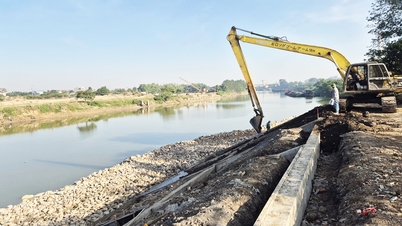

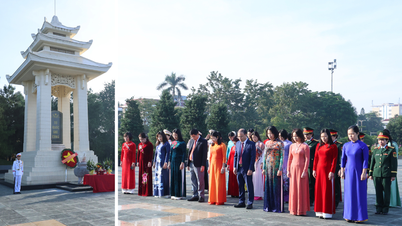

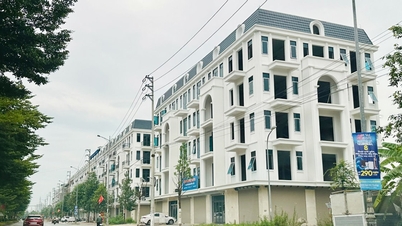

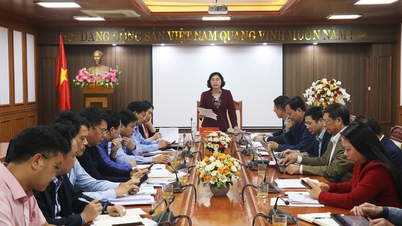
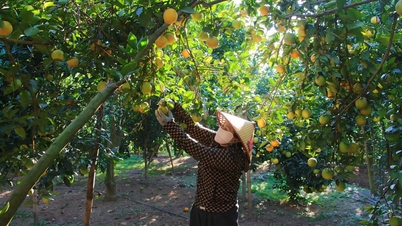


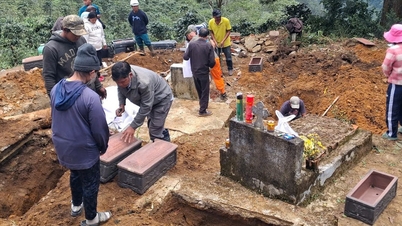




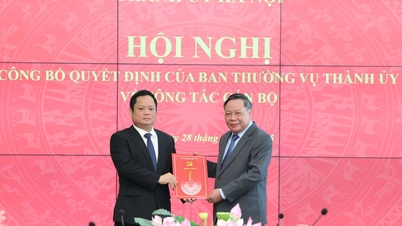






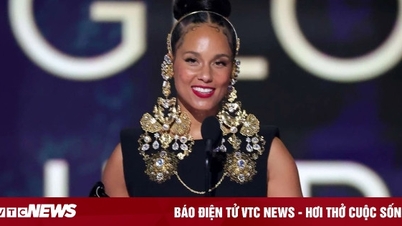








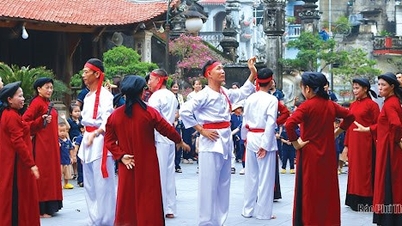

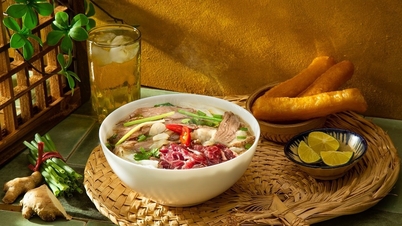




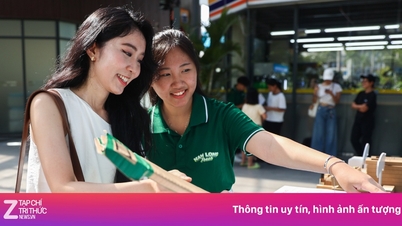














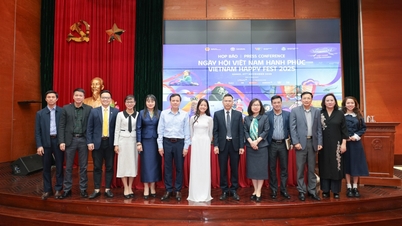













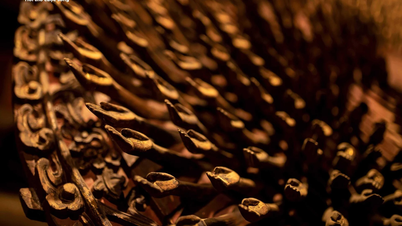




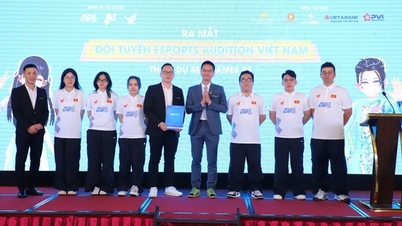



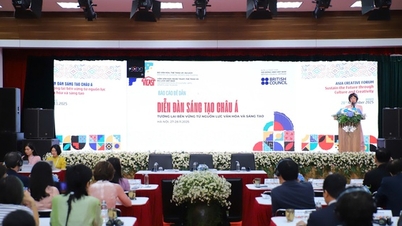
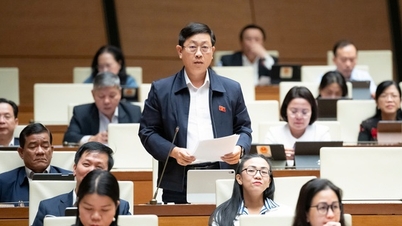
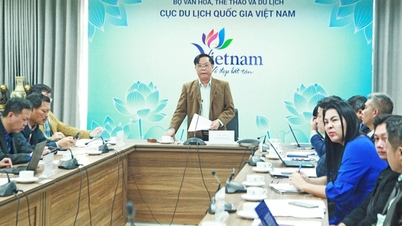



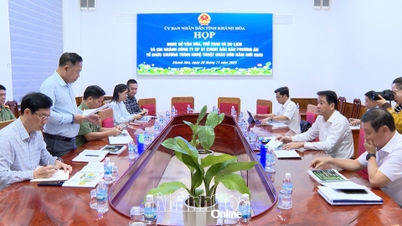

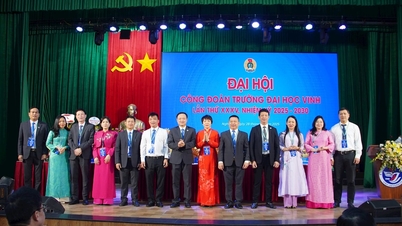



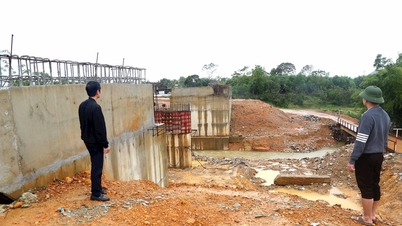













Comment (0)